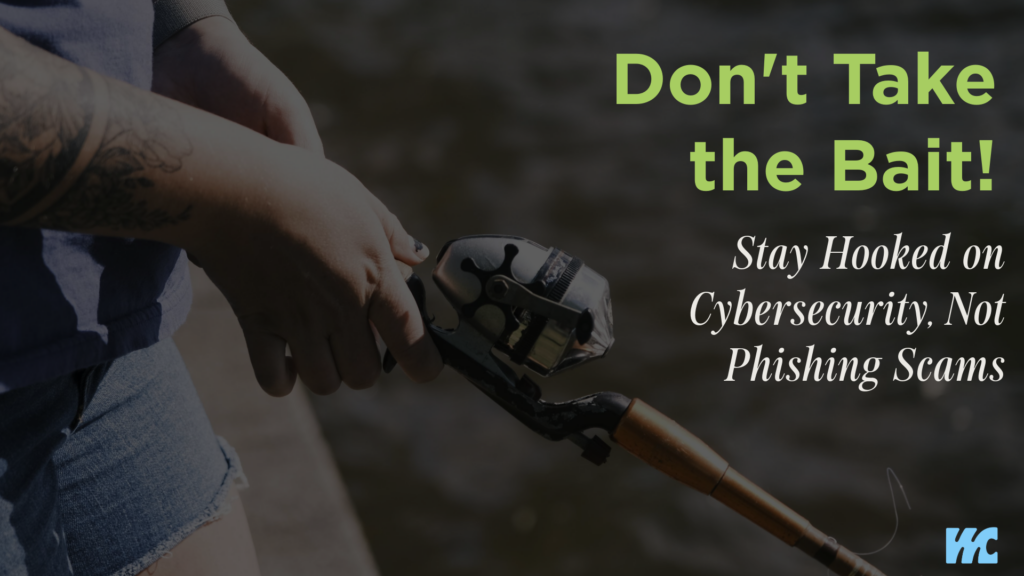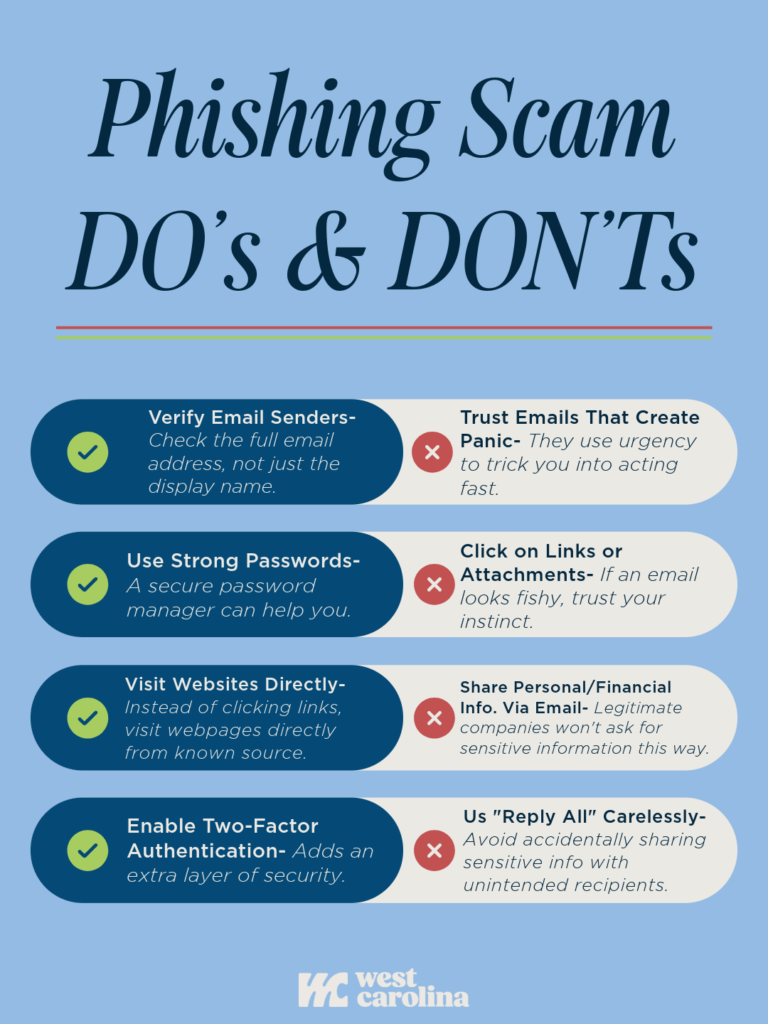Don’t Take the Bait- Stay Hooked on Cybersecurity, Not Phishing Scams!

Technology has opened incredible opportunities, but unfortunately, it has also given scammers new ways to attack. One of the most common? Email phishing.
We live in a world where email is a primary mode of communication. Think about it- everywhere you go, from doctor’s offices to online stores and bill payments, organizations ask for your email. It’s a convenient way to stay connected without sharing personal phone numbers.
But this reliance on email makes it a prime target for scammers. With the flood of emails that we receive daily, it’s easy to let our guard down. Phishing scams are designed to be convincing, creating a perfect storm of urgency and deception to trick us into handing over sensitive information.
What is Phishing? The Art of the Email Scam
Phishing is a tactic cybercriminals use to steal personal information, such as login credentials or financial details, by posing as a legitimate entity. These scams often come in the form of deceptive emails, but they can also appear through SMS or social media messages.
Red Flags: How Phishers Try to Reel You In
🚨 Urgent Language and Panic Triggers
Phishing emails often create a sense of urgency, warning of account suspensions or security breaches to pressure victims into acting quickly.
🔗Strange URLs and Fake Links
Scammers disguise malicious links to look like legitimate websites. If you click on one, you may be taken to a fraudulent page designed to steal your login credentials or financial information.
📧 Fake Sender and Display Name Tricks
Cybercriminals manipulate display names to make emails appear as if they’re from a trusted contact. Always check the sender’s actual email address- not just the display name-before responding or clicking on any links.
Stay Cyber-Smart: How to Avoid the Hook
✅ Use Strong Passwords and Enable Two-Factor Authentication
This adds an extra layer of security, making it harder for attackers to access your accounts.
✅ Think Before You Click
Never click on links or download attachments from unknown or unexpected sources. When in doubt, visit the official website directly instead of using email links.
✅ Avoid “Reply All” on Email Thread
Be mindful when replying to emails, especially in workplace settings, to prevent sharing sensitive information with unintended recipients.
✅ Verify, Verify, Verify
If you receive an email that seems suspicious, verify it through another communication channel-call the company or check their official website.
The bottom line? Stay alert and skeptical when handling emails, especially those that demand urgent action. By recognizing the warning signs of phishing, you can keep your personal and financial information safe.
Cybersecurity starts with awareness-don’t take the bait!

Spam email example 1:

Spam email example 2:
